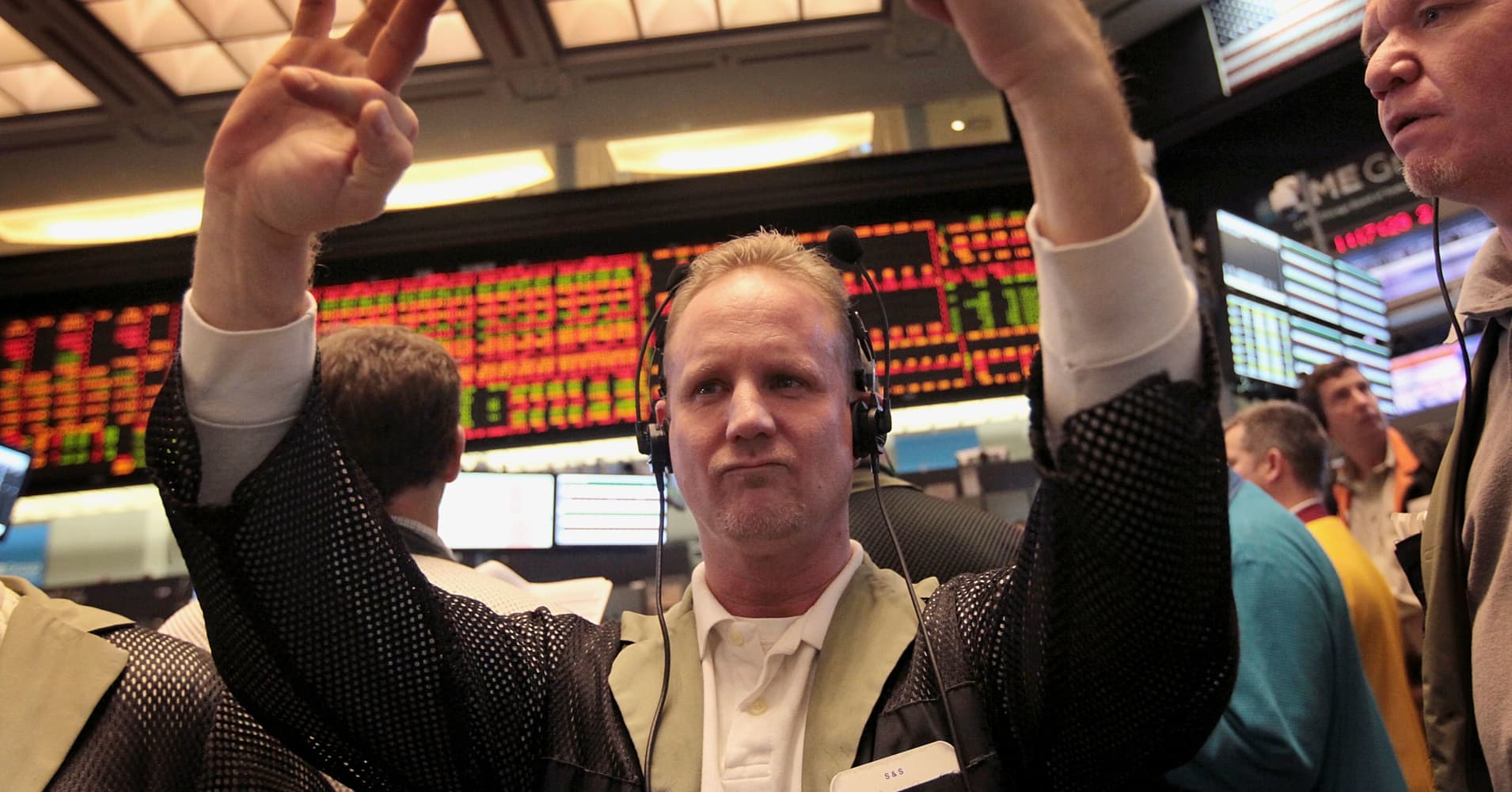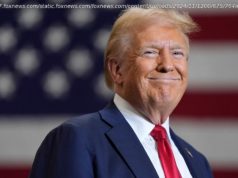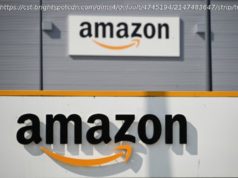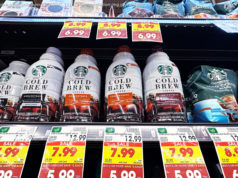 The bond market has suffered in the months since the U. S. election, but one trader is making a bull case for Treasurys.
The bond market has suffered in the months since the U. S. election, but one trader is making a bull case for Treasurys.
Investors are pricing in “hype” surrounding higher rates expected this year, along with perceived economic expansion under President Donald Trump ‘s policies, said Todd Colvin, analyst at Ambrosino Brothers. Colvin said the market will soon see the “reality of that pricing,” anticipating bonds becoming more attractive in the coming weeks over equities, and that implied volatility is not correctly pricing in a shifting global political landscape.
“And we’re going to get it this week, with the jobs number; we got it with the [Federal Open Market Committee] and I think that right now, anything that isn’t rose-colored could benefit bonds here. And we’re already seeing that in equities, slightly, with a pullback,” Colvin said Monday on CNBC’s ” Trading Nation. ”
The Fed is set to release its next statement on Wednesday, where the central bank might provide a clue about its rate-hiking plans.
“We’re going to start to get some hard first-quarter data, and I don’t really think it matters from moment to moment. We want to see real growth. And that’s something we saw last week that maybe isn’t apparent in the U. S. yet, when we got that fourth-quarter GDP,” Colvin said.
Fourth-quarter gross domestic product was reported last week to have come in at a 1.9 percent annual rate, far below third-quarter GDP, which saw 3.5 percent growth.
“First-quarter GDP doesn’t come until April, along with a lot of the bank earnings, so we do have some time between now and then. But if you look at it from a trend point of view, I think the trend of higher yields is going to be over here, and we’re going to start to build a base at 2.5 percent,” Colvin said.
The risk to his theory, admittedly, could be that equities may look more attractive than fixed income if the economy does in fact expand further. Colvin said he believes the real risk, though he is a buyer, is not that yields “pop,” and thus bond prices fall, but rather that they “slowly and steadily go up, and that’s kind of a painful trade to watch. “






